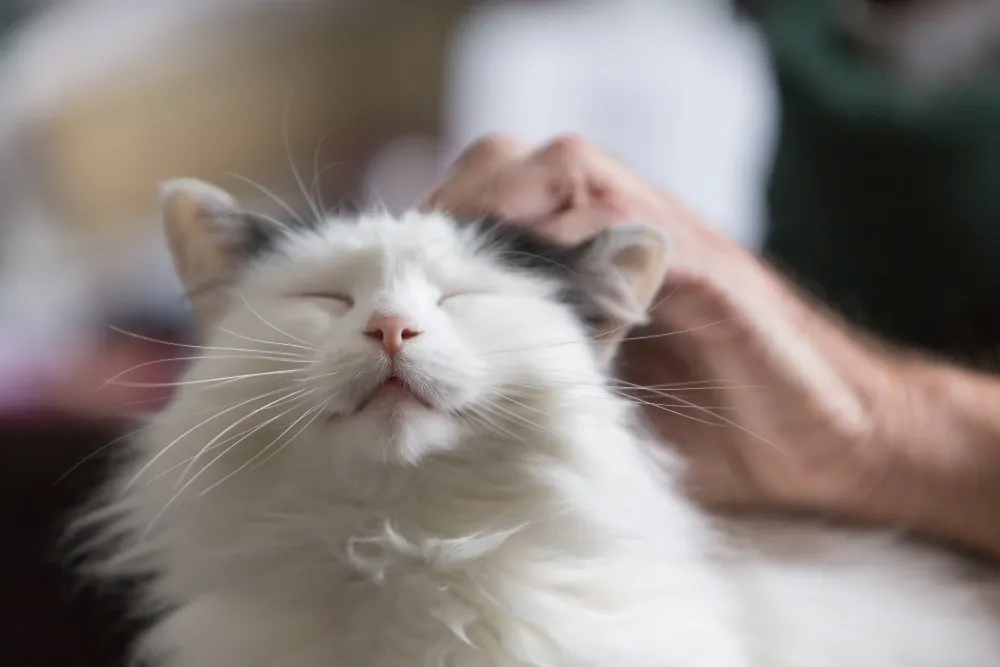Feral cats, born and raised without human interaction, often lack the instinctive knowledge of using a litter box. Feral cat litter training can be a challenging but rewarding endeavor, requiring patience, understanding, and a gentle approach.
Understanding Feral Cat Behavior
- Natural Instincts: Feral cats are accustomed to eliminating outdoors, often in secluded areas like bushes or under decks. They may view a litter box as an unfamiliar and potentially threatening object.
- Fear and Anxiety: Feral cats are often wary of humans and new environments. Fear and anxiety can significantly hinder their ability to learn and adapt to new behaviors, including feral cat litter training.
- Individual Differences: Each feral cat is unique and will respond differently to training efforts. Some may adapt quickly, while others may require more time and patience.
Creating a Safe and Inviting Environment
- Choosing the Right Litter Box: Select a litter box that is large enough for the cat to comfortably move around in. Avoid covered litter boxes, as they can make the cat feel trapped and anxious.
- Location, Location, Location: Place the litter box in a quiet, secluded area away from noise and distractions. Ensure the box is easily accessible to the cat.
- Litter Choice: Experiment with different types of litter to find one that the cat prefers. Some cats may be more receptive to fine-grained litter, while others may prefer clumping or unscented options.
Introducing the Litter Box:
- Gradual Introduction: Allow the cat to approach the litter box at its own pace. Do not force the cat into the box; this will only increase its anxiety.
- Positive Reinforcement: Reward the cat with treats and praise whenever it shows interest in the litter box or uses it successfully.
- Patience and Persistence: Feral cat litter training requires patience and persistence. Do not become discouraged if the cat does not use the litter box immediately.
Addressing Challenges:
- Accidents: If the cat has an accident outside the litter box, gently redirect it to the box. Clean the soiled area thoroughly with an enzymatic cleaner to remove any lingering odors that may encourage the cat to eliminate in that spot again.
- Fear and Anxiety: If the cat appears fearful or anxious around the litter box, try placing a familiar object, such as a towel or a piece of their bedding, near the box to provide a sense of security.
- Seeking Professional Help: If you are struggling with feral cat litter training, consult with a veterinarian or a certified cat behaviorist. They can provide guidance and support tailored to the specific needs of your cat.
The Importance of Patience and Understanding
Feral cat litter training is a gradual process that requires patience, understanding, and a commitment to providing a safe and supportive environment for the cat. By creating a positive and encouraging experience, you can help your feral cat learn to use the litter box and improve its quality of life.
Beyond Litter Training: Building Trust and Bonds
Successful feral cat litter training is not only about teaching the cat a new behavior; it’s also about building trust and a positive relationship with the cat. Spend time observing the cat’s behavior, providing gentle petting and reassurance, and offering treats and toys to encourage positive interactions. This approach is crucial in fostering a strong bond and ensuring a happy, comfortable environment for your pet. Remember, patience and understanding are key when working with any animal, especially those with a feral background.
Beyond Litter Training: Building Trust and Bonds
Successful feral cat litter training is not only about teaching the cat a new behavior; it’s also about building trust and a positive relationship with the cat. Spend time observing the cat’s behavior, providing gentle petting and reassurance, and offering treats and toys to encourage positive interactions. This approach is crucial in fostering a strong bond and ensuring a happy, comfortable environment for your pet. Remember, patience and understanding are key when working with any animal, especially those with a feral background.











